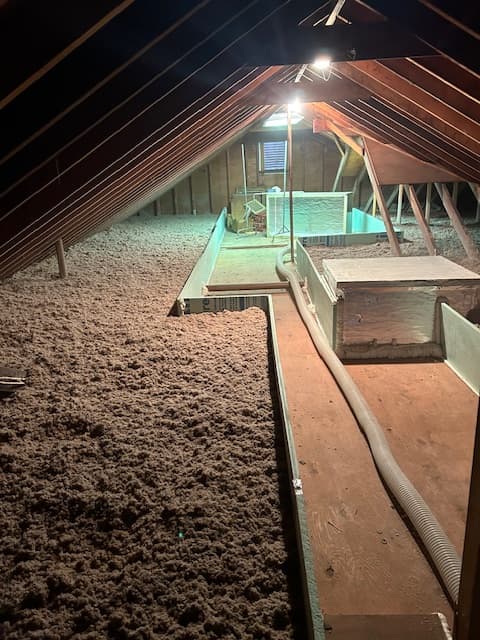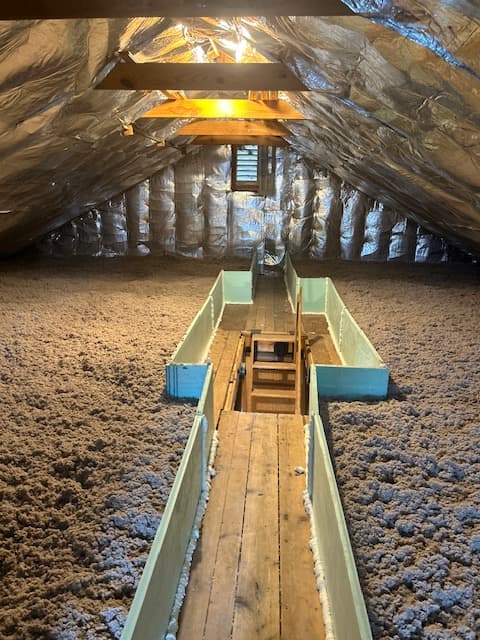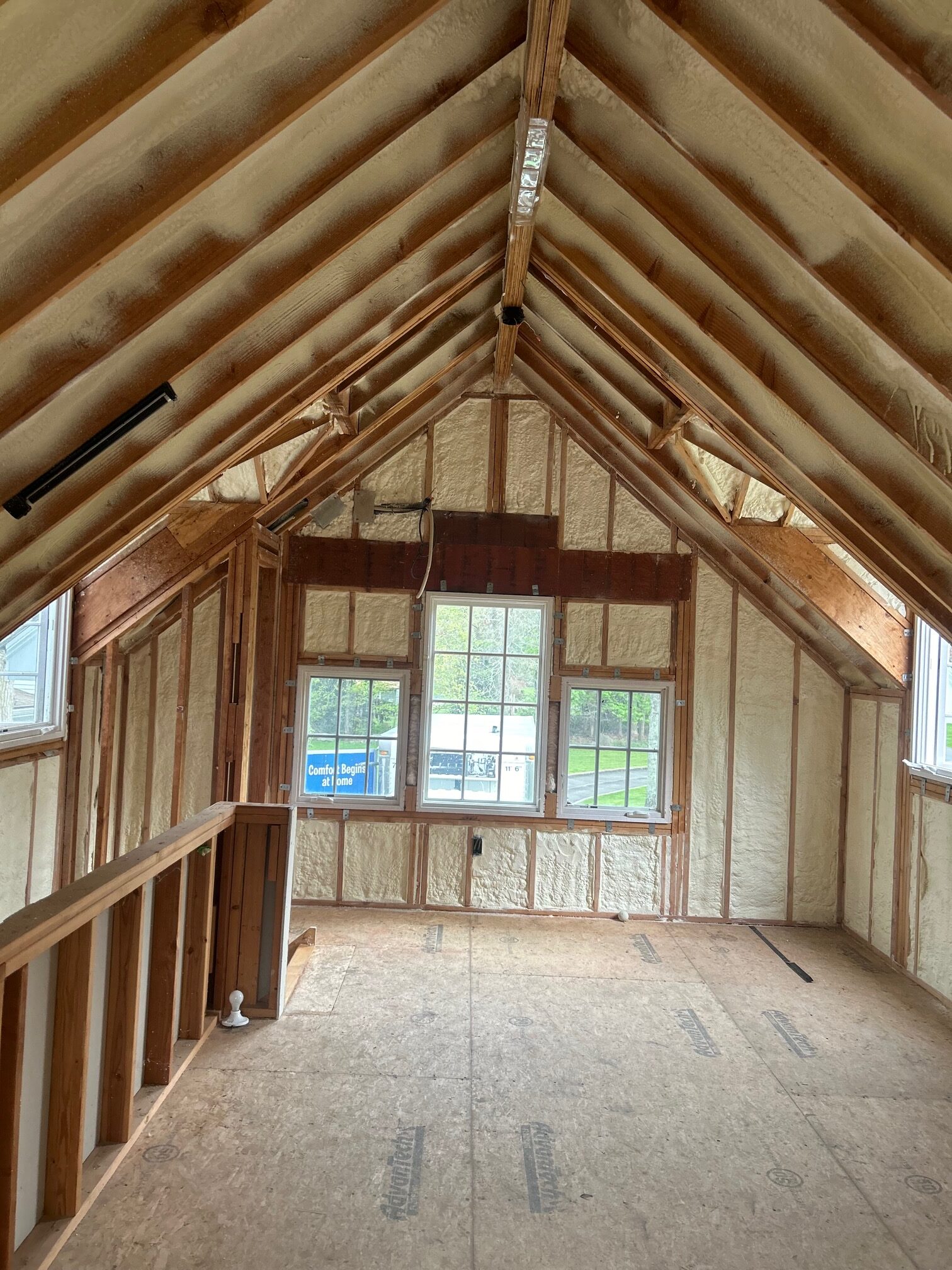Don't Wait To Insulate! Get A Free Estimate:
Attic Insulation
Have An Attic? Chances Are You’re Losing Your Heating & Cooling!

Where To Insulate
Attic Insulation




Attic Insulation
How important is R-value?
Since heat rises, an under-insulated attic can send a good chunk of your home heat through the roof. You lose about 50% of heating & cooling through the attic.
If your attic has fiberglass batts that have been there for 20 years or more, they have significantly deteriorated over time. It’s likely that what’s left is nowhere near adequate or meeting the DOE’s recommended insulation levels for attics in our region. In fact, the DOE recommends adding insulation to attain R-60. The R-value is the way insulation is measured in terms of how well it should reduce conductive heat loss. But R-Value isn’t everything – about 40% of heat gained or lost in a typical home is from air leakage due to convection. This is why we recommend sealing your home's envelope with a properly insulated attic.
Energy-efficient homes are achieved through a combination of excellent AIR SEALING to address air leakage AND proper installation of R-value attic INSULATION materials.
Blown In Cellulose/Fiberglass
Open and Closed Cell Polyurethane Spray Foam
Open and Closed Cell Polyurethane Spray Foam can address both conductive and convection heat loss with one product, because it insulates AND air seals your attic. We use different types of polyurethane spray foams for different applications. The most effective way to insulate and air seal the attic, especially if you have heating and cooling equipment in it, is to spray foam insulate the attic rafters (i.e. roof deck) and create an unvented attic space.
A poorly insulated attic can reach temperatures well over 100 degrees in summer and below freezing in the winter which puts a strain on the functioning of an air handler, greatly reducing its efficiency. That handler has to work much harder to heat and cool the air. And since all ductwork leaks to some degree, having warm air leaking into the attic during winter months could set up conditions for mold to grow. Properly insulating the attic keeps moisture build-up at bay and can improve the efficiency of an air handler. Spray foam is the superior attic insulation product, as it simultaneously air seals and insulates the attic space.

Get a Free Insulation Estimate!
Find out how much you could be saving on your monthly energy bills!
